annuals for undisturbed prairie?
jdown
20 years ago
Related Stories
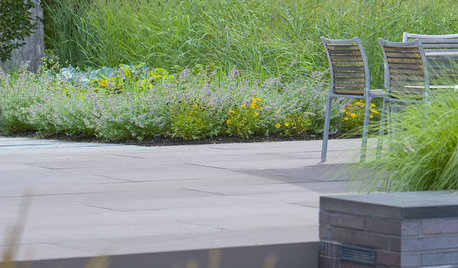
FLOWERS AND PLANTSPanicum Virgatum, a Prairie Beauty Many Gardeners Can Enjoy
Switchgrass adds color through the year and is a natural ‘seed feeder’ for birds
Full Story
FRONT YARD IDEASBefore and After: Front Lawn to Prairie Garden
How they did it: Homeowners create a plan, stick to it and keep the neighbors (and wildlife) in mind
Full Story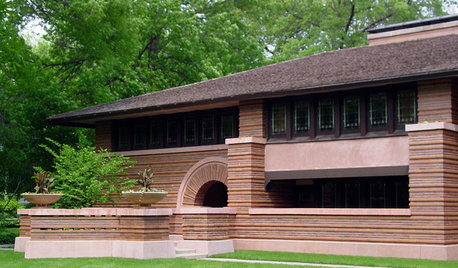
REMODELING GUIDESGetting it Wright: Today's Prairie Style
See how Frank Lloyd Wright and others continue to influence home design of our time
Full Story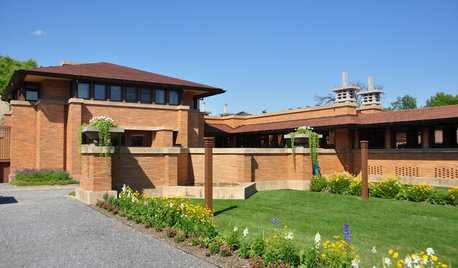
HISTORIC HOMESFrank Lloyd Wright's Prairie Triumph Returns
Sixteen years' worth of restoration and reconstruction efforts have brought the Martin House Complex in New York back to glory
Full Story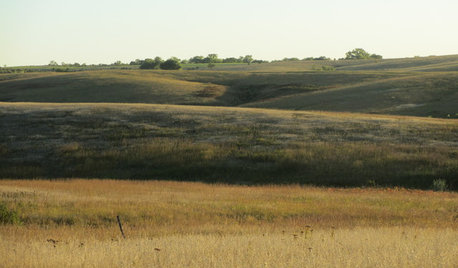
GARDENING GUIDESHow to Get Your Prairie On
Have a field day with your landscape, even if you've got just a few modern containers on a paved path
Full Story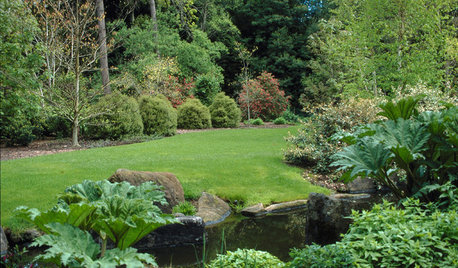
GARDENING GUIDESYou Don't Need Prairie to Help Pollinators
Woodlands, marshes, deserts — pollinators are everywhere
Full Story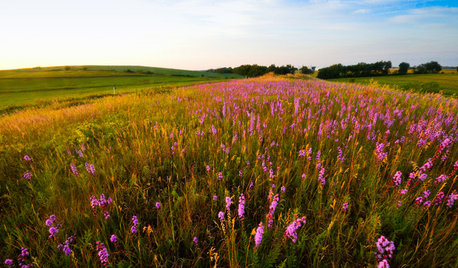
GARDENING GUIDESHelp Fuel the Monarch Migration With These 6 Prairie Plants
Try these nectar-rich beauties and help autumn monarchs
Full Story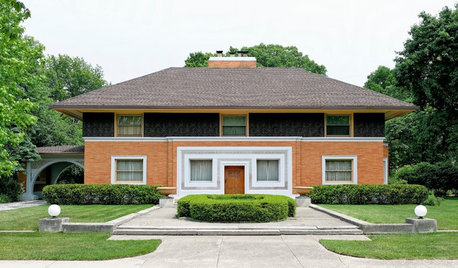
EVENTSView Frank Lloyd Wright’s Early Work on a Chicago Architecture Walk
This annual spring tour features Chicago-area homes by the master of Prairie-style architecture and those who worked with him
Full Story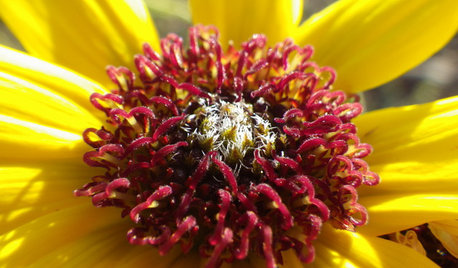
GARDENING GUIDESGreat Design Plant: Helianthus Petiolaris
Short and stunning, prairie sunflower brightens the garden and helps butterflies, birds and more
Full Story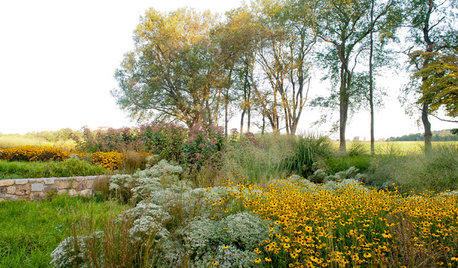
GARDENING GUIDES10 Essential Wildflowers for the U.S. Central Plains
Focusing on prairie wildflowers supports the most wildlife in a low-maintenance Plains landscape
Full StorySponsored
Columbus Area's Luxury Design Build Firm | 17x Best of Houzz Winner!






lycopus
john_mo
Related Professionals
Danbury Landscape Architects & Landscape Designers · Forest Park Landscape Architects & Landscape Designers · Broadlands Landscape Contractors · Dudley Landscape Contractors · Gresham Landscape Contractors · Hickory Hills Landscape Contractors · Hilo Landscape Contractors · Pleasant Grove Landscape Contractors · Ringwood Landscape Contractors · 07920 Landscape Contractors · Lauderdale Lakes Landscape Contractors · Ferguson Landscape Contractors · Fort Pierce Decks, Patios & Outdoor Enclosures · Gaithersburg Decks, Patios & Outdoor Enclosures · West Bend Decks, Patios & Outdoor Enclosuresvbain
Doctorant
dbarron
John_of_Illinois